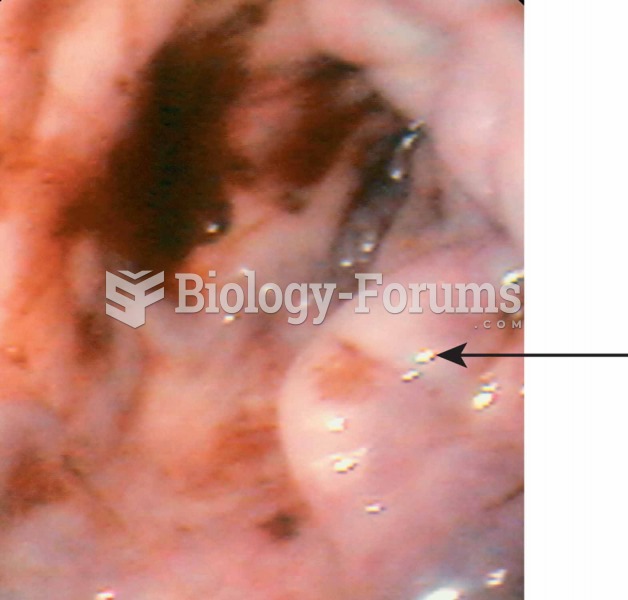Answer to Question 1
C
Feedback
A Incorrect. The preoperative nursing interventions are not mainly focused on getting as much weight gain as possible. The infant is NPO and receives intravenous fluids to maintain hydration status.
B Incorrect. Family education regarding care is an important nursing intervention which would occur postoperatively.
C Correct. Prior to the surgical repair of an esophageal atresia with tracheoesophageal fistula, the nursing interventions are mainly focused on the prevention of aspiration of secretions from the upper esophageal pouch and prevention of regurgitation of stomach contents through the fistula into the trachea, i.e., prevention of aspiration pneumonia.
D Incorrect. Discharge planning should begin as soon as the infant is admitted, but it is not the main focus of nursing interventions.
Answer to Question 2
B
Feedback
A Incorrect. If you view a child's development from a passivity theory rather than an activity theory, you would most probably believe that talented and creative teachers deserve credit for a child's interest in a particular subject.The passivity theory views the child as shaped by external environmental forces.
B Correct. If you view a child's development from a passivity theory rather than an activity theory, you would most probably believe that children become delinquent because of association with an antisocial peer group.
C Incorrect. If you view a child's development from a passivity theory rather than an activity theory, you would most probably believe that child-rearing practices have a lot to do with whether a child is passive or assertive.
D Incorrect. If you view a child's development from a passivity theory rather than an activity theory, you would most probably believe that external environmental forces shape a child's development. The activity theory believes a child purposefully, creatively and actively seeks experiences to shape her or his development.







